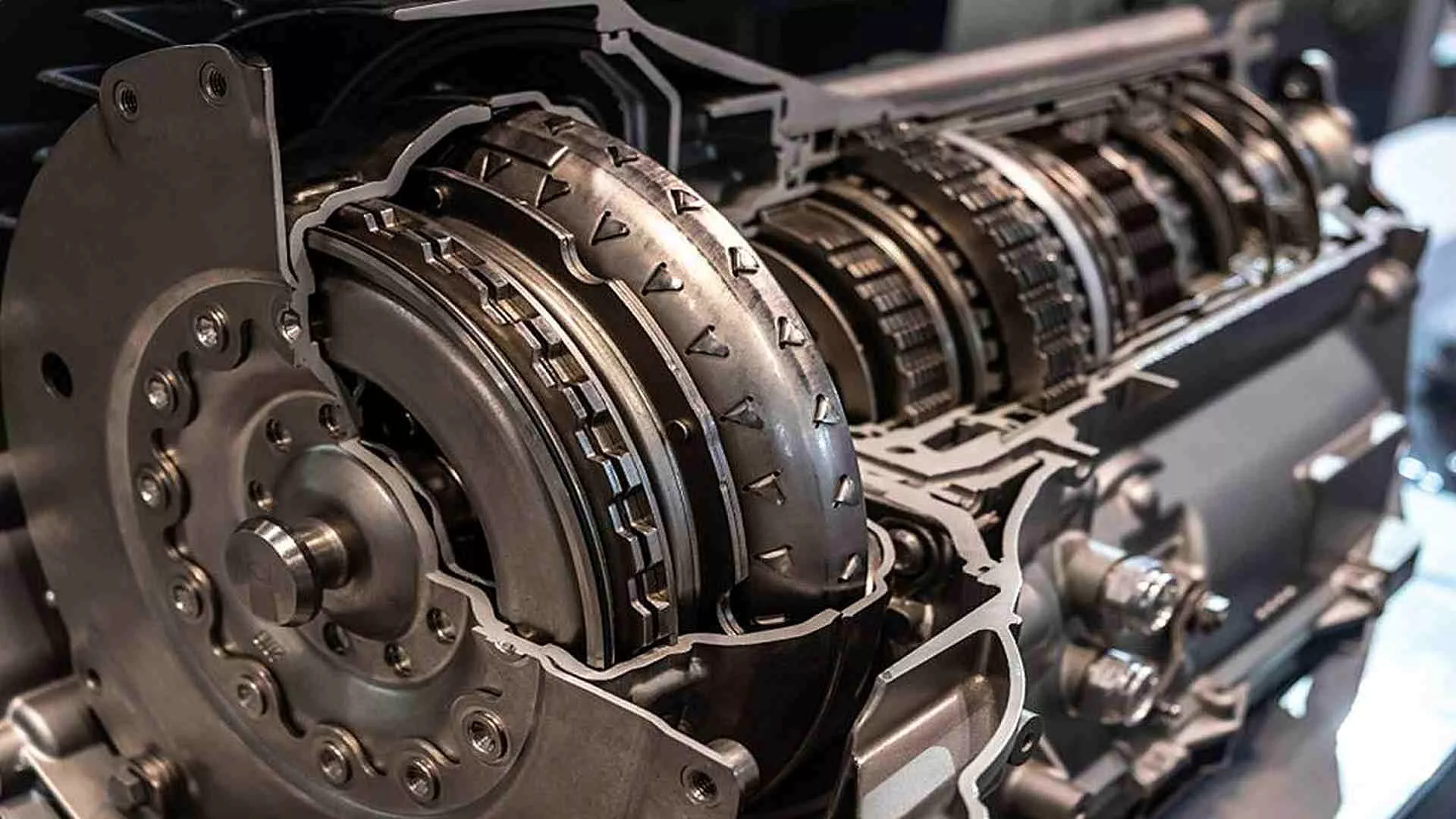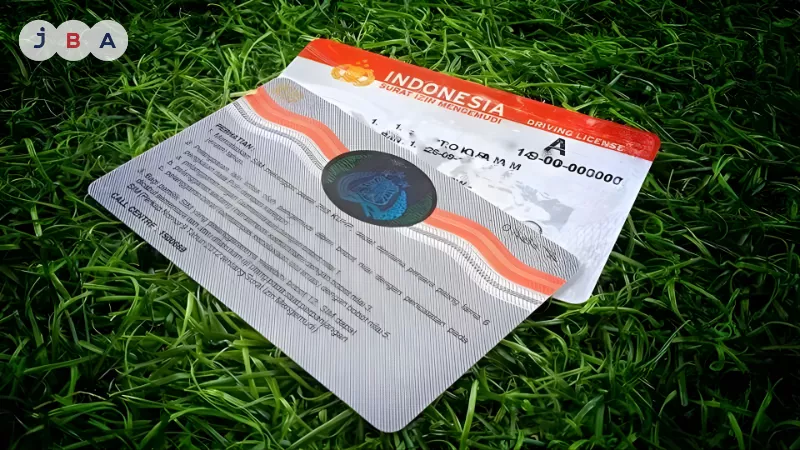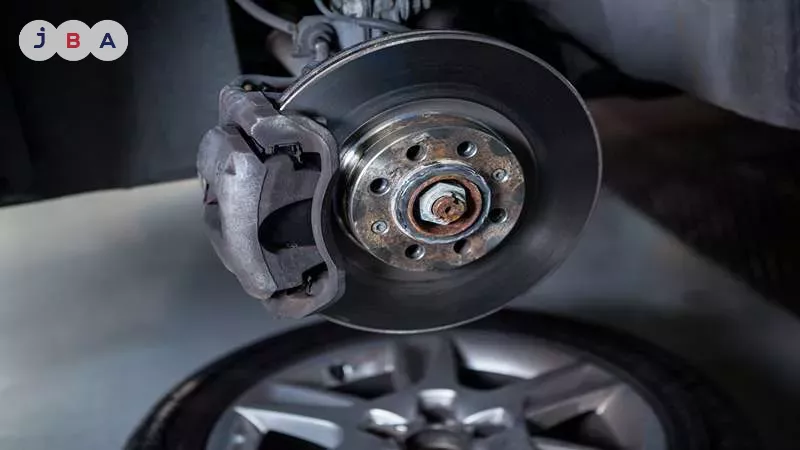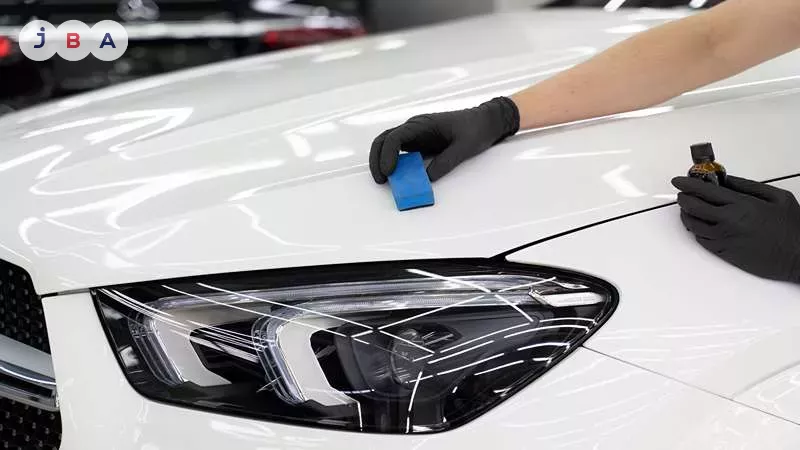- Participate Online Auction
- login
- Register Auction
-
JBA IndonesiaBantuan & Panduan

Automatic transmissions have become a favorite choice among many drivers because they provide comfort and convenience without the need to manually shift gears. But have you ever wondered how an automatic transmission actually works in a car? If you’re curious, here’s a complete explanation!
Before learning how an automatic transmission works, let’s first understand what this system is and its role in controlling engine power. An automatic transmission is a system that automatically adjusts gear shifts according to the vehicle’s speed and engine load. With this system, the driver only needs to move the lever to the “D” (Drive) position, and the car will determine when to upshift or downshift automatically.
Unlike a manual transmission that uses a clutch pedal, an automatic transmission relies on a combination of mechanical and hydraulic components to smoothly transfer engine torque to the drive wheels.
Before understanding how it works, let’s take a look at some of the key components inside an automatic transmission system:
This replaces the clutch found in manual transmissions. It connects the engine to the transmission and allows the vehicle to stop without turning off the engine.
Known as the “brain” of the automatic transmission, this gear set provides various gear ratios to achieve the right balance between acceleration and speed based on driving conditions.
The hydraulic system regulates oil pressure to engage the clutches and bands within the transmission. This pressure is controlled by valves that respond to engine speed and throttle position.
In modern cars, the transmission system is managed by a computer called the TCU. It receives data from multiple sensors — including vehicle speed and throttle position — to determine the precise timing for gear shifts.

Sumber: www.dubizzle.com
To understand how an automatic transmission works, imagine it as the “brain” that manages engine power so the car can accelerate smoothly without manual gear shifting. Essentially, an automatic transmission operates through three main stages: power transfer, gear ratio control, and automatic shifting.
At the first stage, the torque converter acts as a substitute for the manual clutch. It transfers engine power to the transmission using a special fluid (transmission fluid).
When the accelerator pedal is pressed, the fluid inside the torque converter spins and pushes the turbine connected to the transmission. This fluid pressure transfers power smoothly from the engine to the wheels without jerking.
The main advantage of the torque converter is its ability to transfer power gradually, allowing the car to move smoothly at low speeds and increase speed without losing power.
Once power is transmitted, the planetary gear set determines the most suitable gear ratio based on road conditions and vehicle speed. The system consists of three main components — the sun gear, planet gears, and ring gear — which can produce multiple gear ratios without physically shifting gears.
For example, when the car starts moving, a larger gear ratio is used to provide stronger torque for acceleration. As the speed increases, the ratio decreases to make the engine more efficient and improve fuel economy. This mechanism is what makes automatic transmissions smooth and responsive at all speeds.
The final stage involves automatic gear shifting, controlled by the hydraulic system and the TCU. The hydraulic system adjusts fluid pressure to activate clutches and brakes inside the transmission, while the TCU functions as an “electronic brain” that monitors driving conditions.
When the sensors detect that engine RPM is high enough, the TCU sends a signal to shift to a higher gear. This process happens within seconds and feels seamless to the driver.
Overall, the operation of an automatic transmission combines hydraulic, electronic, and mechanical systems to deliver a smoother driving experience. The driver only needs to operate the gas and brake pedals while the transmission system works behind the scenes to ensure optimal power delivery.
Beyond ease of use, the way automatic transmissions work also offers several advantages that make driving more enjoyable and efficient. They’re ideal for city traffic, as drivers don’t need to constantly press the clutch pedal.
Smooth gear transitions also create a stable and comfortable driving experience. In modern vehicles, automatic transmissions can even adapt to the driver’s behavior — adjusting shift timing for better fuel efficiency and more responsive performance.

Sumber: www.freepik.com
To keep your transmission performing well and lasting longer, routine maintenance is essential. Here are a few key tips:
Understanding how an automatic transmission works helps you recognize how this system efficiently delivers engine power and adjusts gear ratios without manual input. In addition to enhancing comfort, automatic transmissions improve fuel efficiency and driving safety.
If you’re planning to buy a used car with an automatic transmission, JBA is the right choice. As a trusted car auction house, JBA offers a safe, transparent, and flexible car auction process — available both online and offline.
For more information or questions about JBA’s car auction, contact us via WhatsApp at +62 817-0993-078. And don’t forget to follow all official JBA Indonesia social media accounts to stay updated on auction schedules, automotive tips, and the latest news!

Knowing the requirements...

Recognizing the signs of...

There are several ways to...

